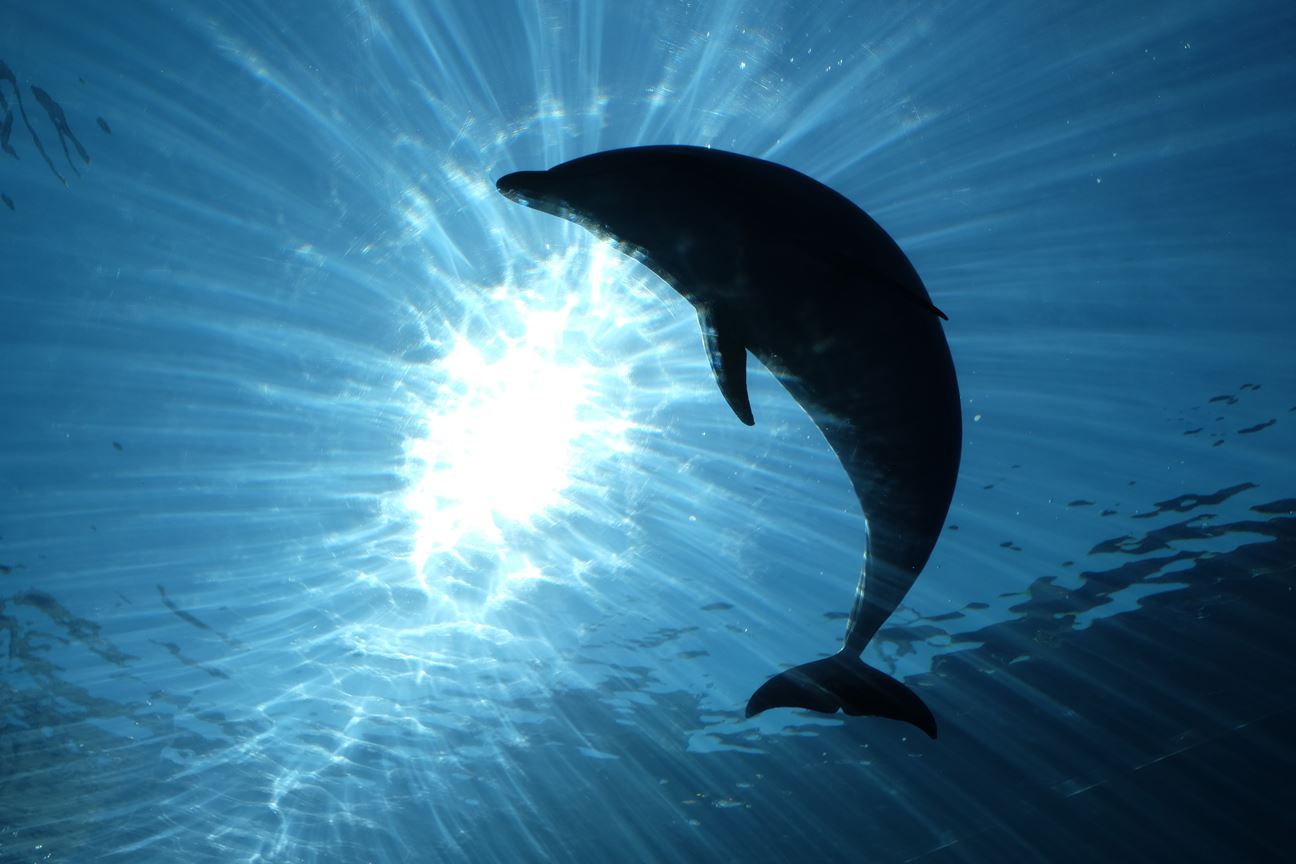Uttar Pradesh announces a new state animal: a precious yet threatened species of India. Learn more about this animal and how this decision can help its conservation.
The Gangetic dolphin, also known as susu or shushuk, is one of the most endangered and unique cetaceans in the world. It lives only in the freshwater rivers of South Asia, mainly in India, Nepal, and Bangladesh.
As of now, its name also lives on as Uttar Pradesh's State Animal!
Unfortunately, these dolphins are currently facing many threats from human activities, such as river pollution, overfishing, dam construction, poaching, and accidental entanglement in fishing nets.
Their population has declined drastically over the years, and they are now classified as endangered by the IUCN Red List of Threatened Species.

How UP Is Leading The Way In Saving The Gangetic Dolphins
However, there is a new hope for the conservation of these amazing animals.
On Friday, October 8, 2023, the Chief Minister of Uttar Pradesh, Yogi Adityanath, declared the Gangetic dolphin as the state aquatic animal. This means that the dolphin will receive additional protection and attention from the state government and the public. The Gangetic dolphin already enjoys the status of national aquatic animal of India since 2009 and is also the official animal of the city of Guwahati in Assam.
The Chief Minister made this announcement at the closing ceremony of the Wildlife Week programme in Pilibhit, where he also emphasised the need to maintain the purity of water in rivers and ponds and to train people living near wildlife sanctuaries and national parks on how to interact with wildlife. He also urged tourists and locals to refrain from using plastic, as it harms water and nature.

Why Is It Important To Save The Dolphins?
They Are Indicators Of River Health
Gangetic dolphins are important indicators of the health of the river ecosystem. Their presence shows that the water quality is good and that there is enough biodiversity to support their food chain. Conversely, their absence or decline signals that the river is degraded and polluted and that many other species are at risk.
They represent India’s Heritage
Gangetic dolphins are also part of India’s rich natural and cultural heritage, as they have been revered by many communities for centuries. They are associated with myths and legends, such as being a manifestation of Ganga, the goddess of the river Ganges.
They’re Unique Animals With Remarkable Abilities
The Gangetic dolphin is a fascinating creature. First off, the creatures are skilled users of echolocation. Essentially blind, echolocation is their means of finding prey.
Secondly, Gangetic dolphins are unique among cetaceans in that they swim on their sides. This may help them to avoid obstacles and predators, as well as to reduce drag and increase manoeuvrability in the water.
Gangetic dolphins are also highly vocal and most typically communicate with the help of echolocation sounds such as clicks, bursts, and twitters.

Protecting the Gangetic dolphin means protecting the entire river system and all its inhabitants, including humans who depend on it for water, food, livelihoods, and culture. The Gangetic dolphin is also a part of India’s rich natural and cultural heritage, as it has been revered by many communities for centuries. It is associated with myths and legends, such as being a manifestation of Ganga, the goddess of the river Ganges.
By declaring the Gangetic dolphin as the state aquatic animal, Uttar Pradesh has taken a positive step towards raising awareness and appreciation for this endangered species.
Hopefully, this will inspire more actions and initiatives to conserve and restore its habitat and population and to ensure its survival for future generations!